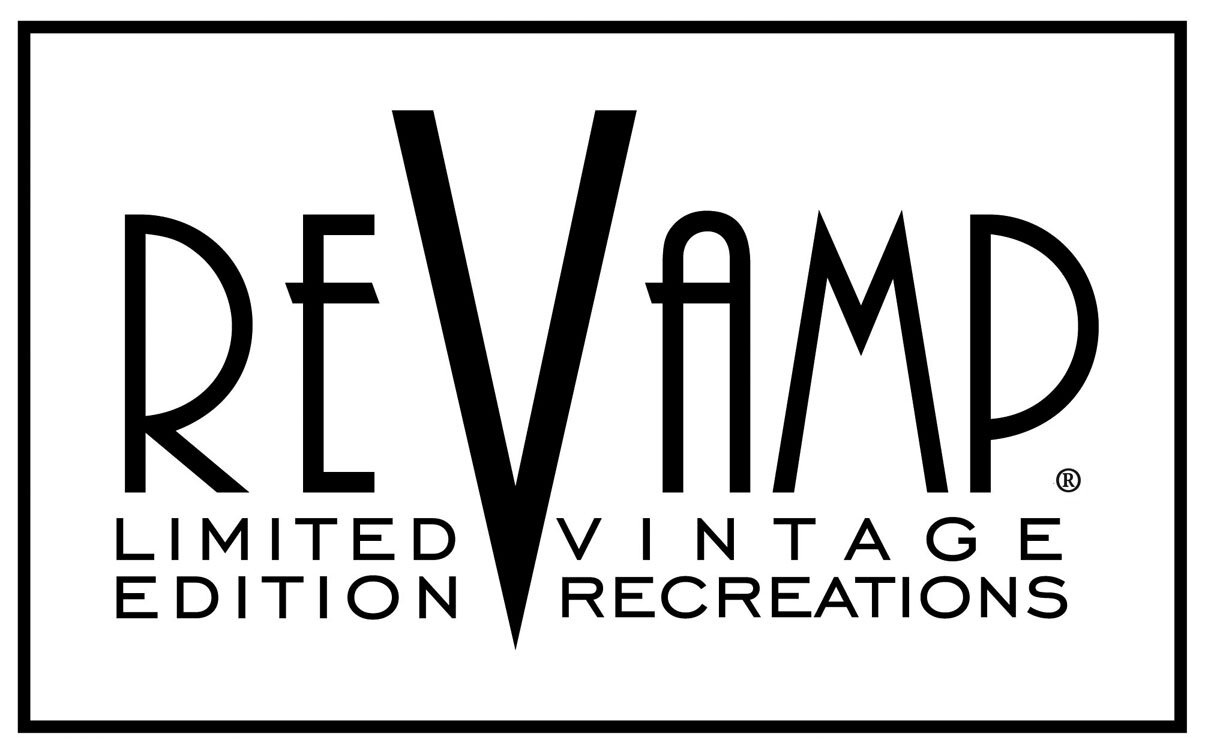It is necessary to have 2 1/2 dozen water waving combs - one dozen long ones and the rest medium, which may be broken into combs of any size needed. When the net is in place the combs should be pushed in tightly and held by 3 inch hair pins, to sharpen ridges and hold them in more securely. The artistic effect of this wave depends upon the closeness and evenness with which the combs are placed. (Combs locked with rubber bands or string disturb the waves, therefore combs and large hair pins should only be used).
Variations on the Water Wave
Short Part Water Wave
Part hair about 1 1/2 inches to either side and set water waving combs accordingly.
Quarter-back Water Wave
Part hair, combing back to a quarter section of head and set water waves combs accordingly.
Half-back Water Wave
Part hair, combing back to a half section of head and set water waves combs accordingly.
Three quarter-back Water Wave
Part hair, combing back to a three quarter section of head and set water waves combs accordingly.
Straight-back Water Wave
Comb hair straight back from forehead and set waves accordingly. The first wave is carried directly across the front of head.
Center Part Water Wave
Part hair directly in the center of the head, forming a wave toward the face on each side of the part and complete wave by placing combs as directed.






